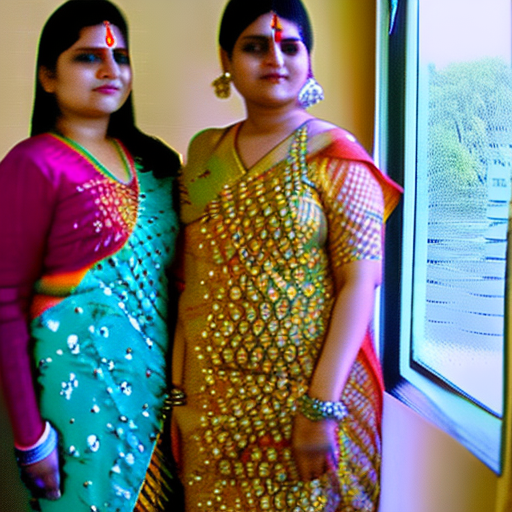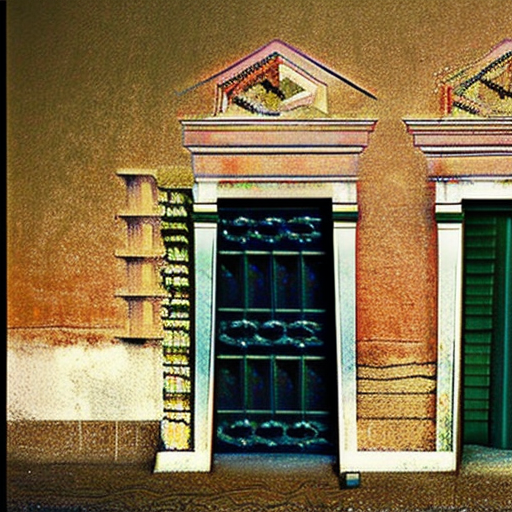The term “hot bhabhi” is often used in colloquial language to refer to an attractive woman who is also respected as an older sister or sister-in-law within the Indian social context.
It encapsulates cultural nuances that connote both beauty and traditional familial roles in Indian society. The term implies a mix of physical attractiveness and a certain level of respectability associated with the familial role of a sister-in-law or elder sister, blending modern notions of physical appeal with more traditional sensibilities.
References to “hot bhabhis” are prevalent in contemporary Indian popular culture, often commodified and sensationalized in media portrayals. It highlights evolving perceptions of femininity and attractiveness within a unique cultural framework.
Distinct from a purely physical interpretation, calling someone a “hot bhabhi” can also reflect admiration for her confidence, warmth, and engaging personality traits, going beyond mere looks.
It is pertinent to understand that the term “hot bhabhi” can reinforce certain stereotypes and idealized expectations on women, objectifying them based on physical appearance and societal roles, pointing to broader issues around gender and representation.
In contemporary discourse, there is ongoing debate about the implications of using terms like “hot bhabhi,” with discussions around individual agency, autonomy, and the boundaries of respectful language in appreciating women’s multifaceted identities.
Overall, the depiction and understanding of a “hot bhabhi” reflect cultural complexities, where beauty, respect, tradition, and modernity intertwine in intriguing ways within the Indian social landscape.







